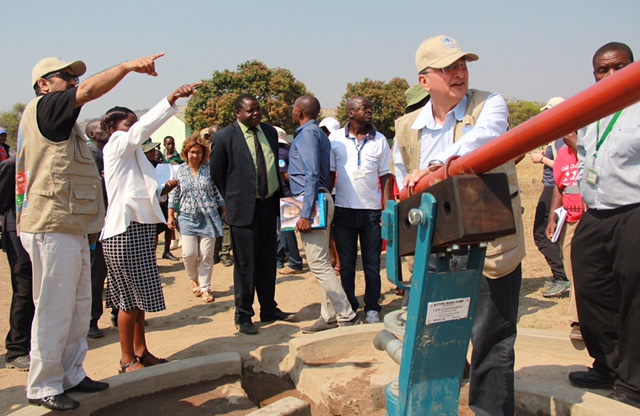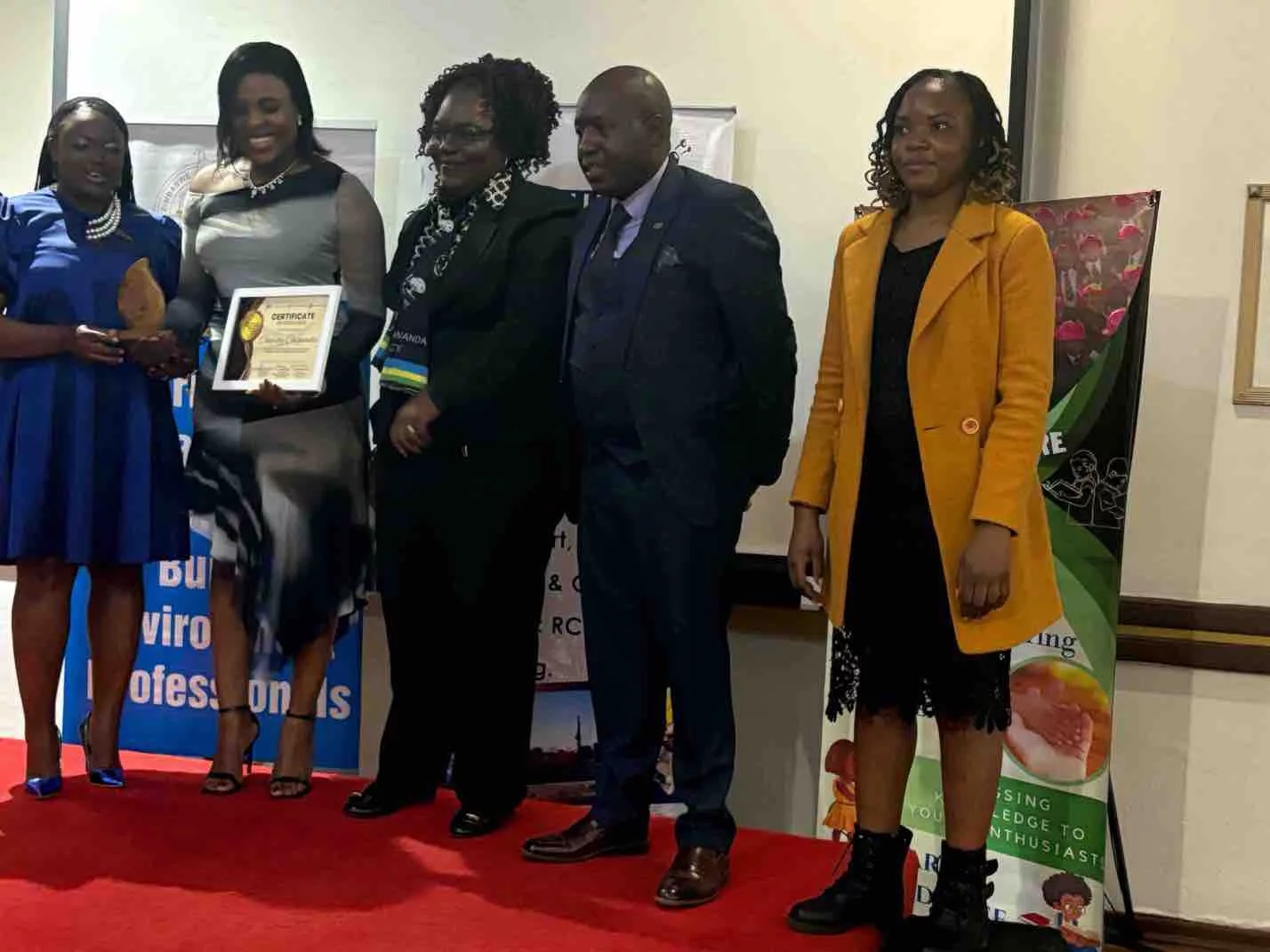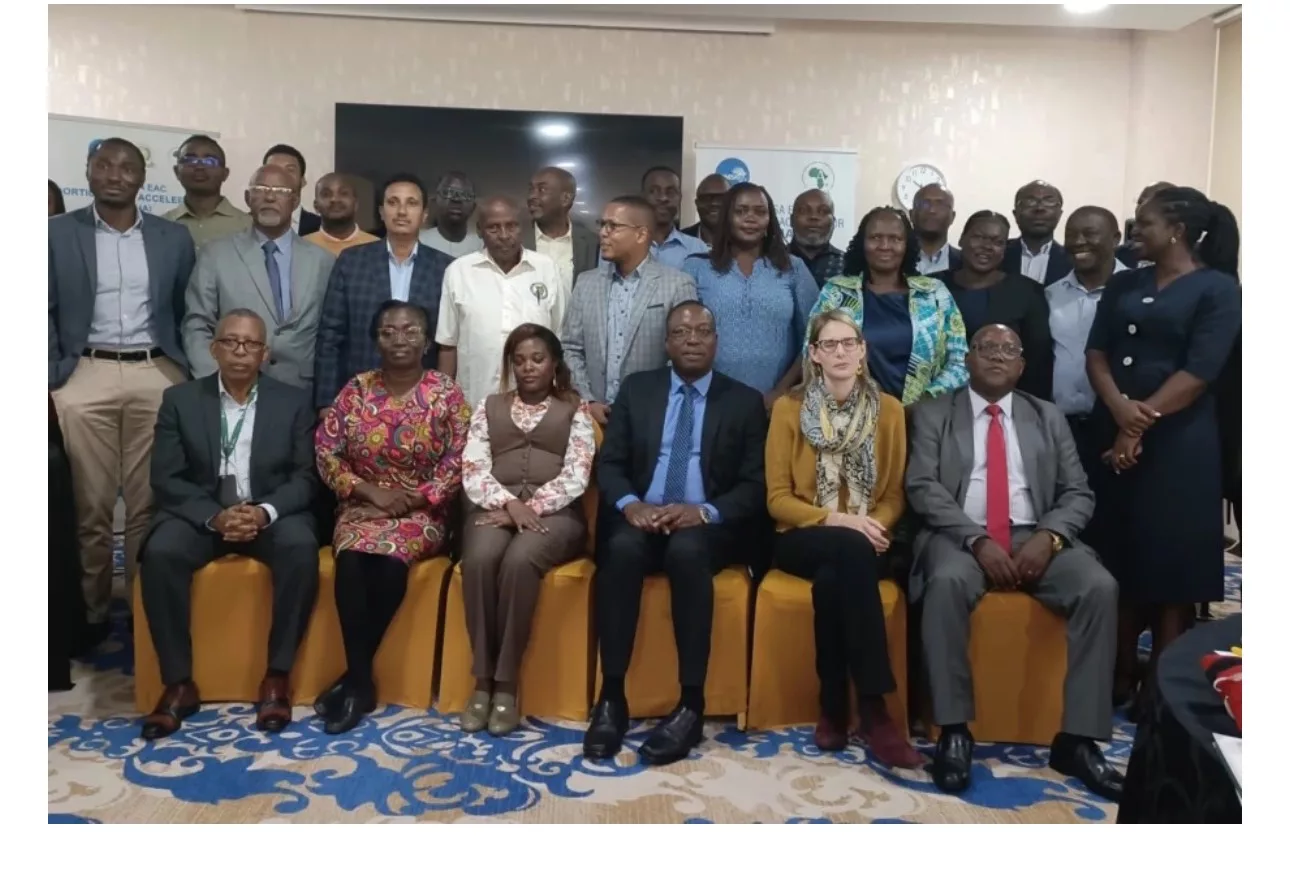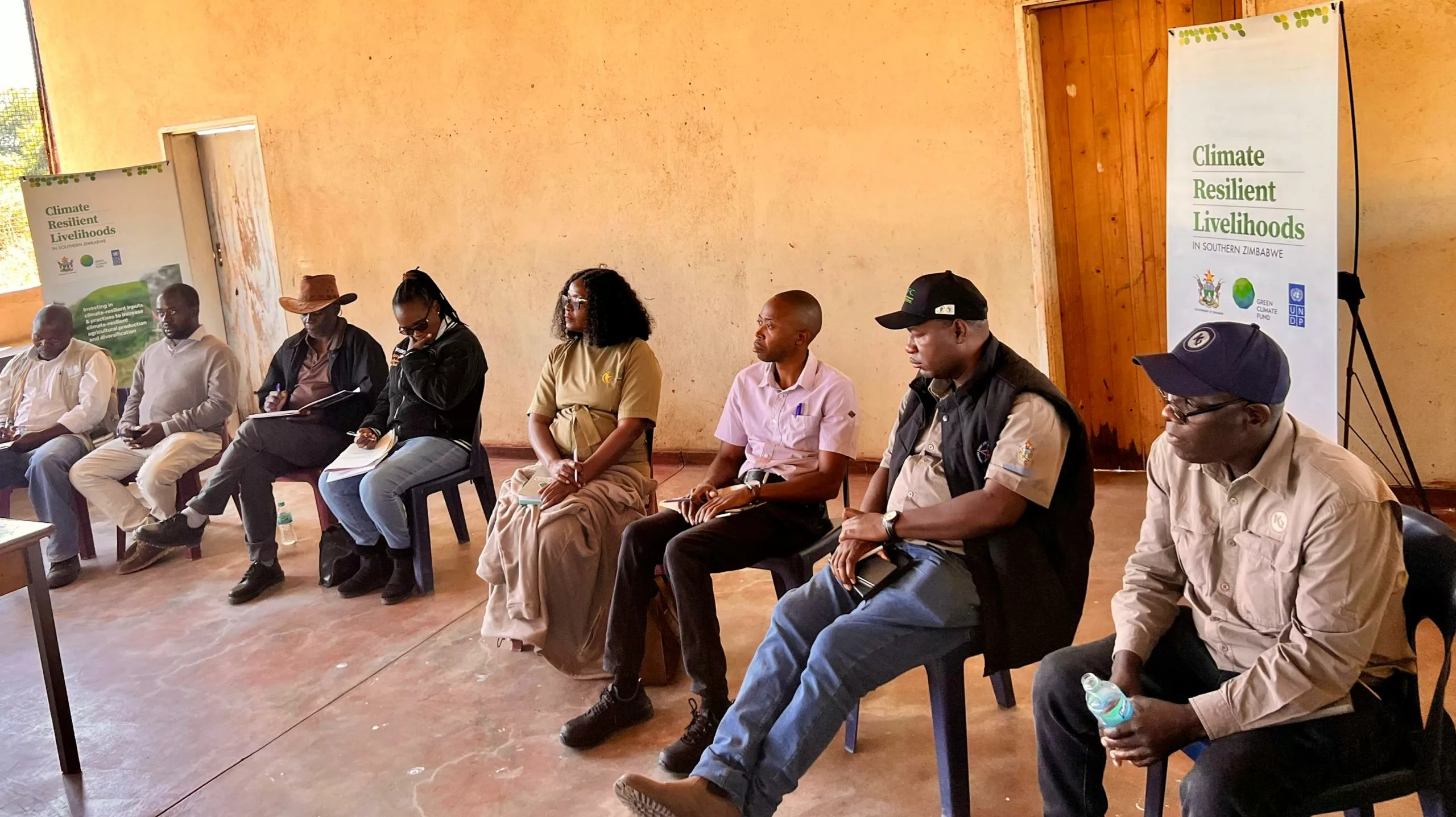By Byron Mutingwende
Resilience science involves bringing together multiple strategies targeting a variety of stakeholders who are affected differently by the shocks that arise out of the negative effects of climate change. True to its modus operandi, the United Nations (UN) Zimbabwe team toured Masvingo Province to ensure communities embrace this phenomenon.
To ensure resilience, there is need to combine the experiences of experts in various fields including meteorology, animal husbandry, crop and soil scientists. These experts will combine their experience to address the unique challenges hindering sustainable development in risk-prone communities.
The activities incorporate water, sanitation and hygiene (WASH), disaster risk reduction (DRR), agronomy, productive asset creation (PAC), natural resource governance, information, communication technology for resilience and livestock management in transitioning communities from sustained vulnerability to increased resilience.
There is need to encourage farmers in drought and flood prone areas to grow drought-resistant crops like sorghum and millet since the areas receive erratic rainfall amounts and are prone to flooding in some cases. Apart from encouraging the growing of small grains, constructing dams and establishing nutrition gardens cushions communities against shocks. There is need to capacitate farmers to produce food for own consumption and for the markets. The growing of drought-resistant crops, promotion of conservation agriculture techniques, health and nutrition strategies and livelihoods enhancement skills are part of resilience science.
In pursuit of this noble cause, the United Nations Team in Zimbabwe concluded a three-day field visit (2-5 October 2017) to UN-supported humanitarian, community asset and resilience building projects in Masvingo, Mwenezi and Chivi Districts in Masvingo Province.
The UN Team delegation, led by the United Nations Resident Coordinator and UNDP Resident Representative, Bishow Parajuli, included: UNICEF Representative, Dr. Mohamed Ayoya; IOM Chief of Mission, Lily Sanya; UNDP Country Director, Georges Van Monfort, and WFP Deputy Country Director, Niels Balzer.
During the visit, the UN Team met with the Provincial Administrator, District Administrators and representatives of Government Ministries, community leaders and interacted with communities, school principals, teachers and students.
Addressing journalists in Masvingo at the end of the field visit, Parajuli said, “the UN team visited and appraised first-hand the impact of humanitarian and recovery assistance provided by UN Agencies with financial support from the UN Central Emergency Relief in response to the flooding crisis.”
“The UN Team also appraised progress on community asset building projects and resilience building programmes that were launched one year ago to assist rural households’ adaptation and resilience building to withstand future shocks due to climate change”, said the UN Resident Coordinator.
Commending communities for their determination to recover their livelihoods lost to flooding and their commitment to build back better by contributing their labour and in kind in the reconstruction of damaged schools, water points and shelters, Mr. Parajuli said, “The CERF fund came handy and guaranteed life-saving interventions in support of affected communities to meet the basic needs of the most vulnerable.”
In May 2017, the UNCERF committed USD 1.6 million to assist over 32,600 flood-affected people with life-saving shelter, water, sanitation and hygiene and protection in 20 districts in Zimbabwe. The UN fund was in addition to USD 8.2 million allocated last year in response to the severe drought that affected over 4 million rural Zimbabweans.
Dr. Mohamed Ayoya, UNICEF Representative said he was happy to witness in Masvingo District that UNICEF provided assistance has enabled over 2,200 learners to access safe learning by reconstructing and rehabilitating five schools.
“UNICEF also provided access to safe water and awareness of key hygiene and sanitation practices among affected communities by repairing 18 boreholes serving over 6,700 people as well as provided over 2000 households with hygiene kits and reached over 10,000 people with key hygiene messages. Under protection, UNICEF provided over 670 children and women with psychosocial support services and strengthened community based structures by training over 430 community members and parents”, said Dr. Ayoya.
Noting with relief the reduction of child marriages in Masvingo District from 30% to 15% according to the Principal of Charumbira Primary School, Dr. Ayoya said: “one is too many let alone 15% and we should recalibrate our efforts to end the scourge of child marriages.”
Expressing her gratitude to the CERF funding and commending the communities for taking charge of the implementation of the emergency shelter intervention, IOM Chief of Mission, Ms Lily Sanya said, “IOM provided 40 shelter units and non-food items to households worst affected by the flooding in Musavezi, Chivi District.” “In total, the CERF provided emergency shelter and non-food items to 2,071 households comprising of 10,956 individuals (6574 female and 4382 male in 11 districts across the country)”, added Sanya.
In line with the 2015-2030 Sendai Framework, the UN in Zimbabwe has been supporting efforts to improve disaster risk reduction in all its dimensions of exposure, vulnerability and hazard characteristics; the strengthening of disaster risk governance; preparedness to “Build Back Better”; and strengthening of partnerships and building resilience.
The field visit observed first-hand WFP supported integrated community asset building project in Masvingo District: Mahoto Fish Ponds and Makurumidze Cooperatives. Noting the cooperatives first harvest of 904Kgs of fish, Niels Balzer, WFP Deputy Country Director said, “Building on the fishing livelihood source, the Makurumidze cooperative has integrated its fish farming with poultry and gardening.”
Cooperative members are implementing internal savings and lending schemes to help members raise money to buy livestock, household goods and pay school fees for their children. “It is good to see that after an initial investment three years ago, the community has taken full ownership over the project, by reinvesting their profits and building on their own success,” Balzer said. He noted that the group plans to expand their aquaculture project by constructing more ponds in addition to the four currently in place, post-harvest handling and processing facilities, and expanding their horticulture and apiculture projects as well. “This is a wonderful example of community leadership for resilience-building,” he added.
The UN Team visited a UNDP managed Zimbabwe Resilience Building Fund (ZRBF) supported project which aims at enhancing community resilience and sustainability in Mwenezi district. UNDP Country Director, Georges Van Montfort said, “the project which runs for 3 years is being implemented by consortium of CARE international and ICRISAT (a research institution). The three-year project will reach a total of 10,500 households with USD 3.3 million.”
The ZRBF, supported by European Union, UNDP and Governments of Sweden and United Kingdom to the tune of USD 72 million seeks to contribute to increased capacities of communities to protect development gains and achieve improved wellbeing outcomes in the face of shocks and stresses enabling them to contribute to the economic growth of Zimbabwe.
The UN Team commended the communities for taking ownership of the humanitarian and development projects and appreciated the leadership and technical support provided to the communities by the Provincial and District Authorities, village heads and experts from the line Ministries.
Noting that the United Nations’ work is guided by the principles of humanity, impartiality, neutrality and independence, Parajuli said “Government, UN, Development Partners, NGOs and Civil Society as well as private sector must continue to support vulnerable communities through the provision of social services, building and strengthening their resilience to achieve the overarching principles of the Agenda 2030 for Sustainable Development, “leave no one behind”.






